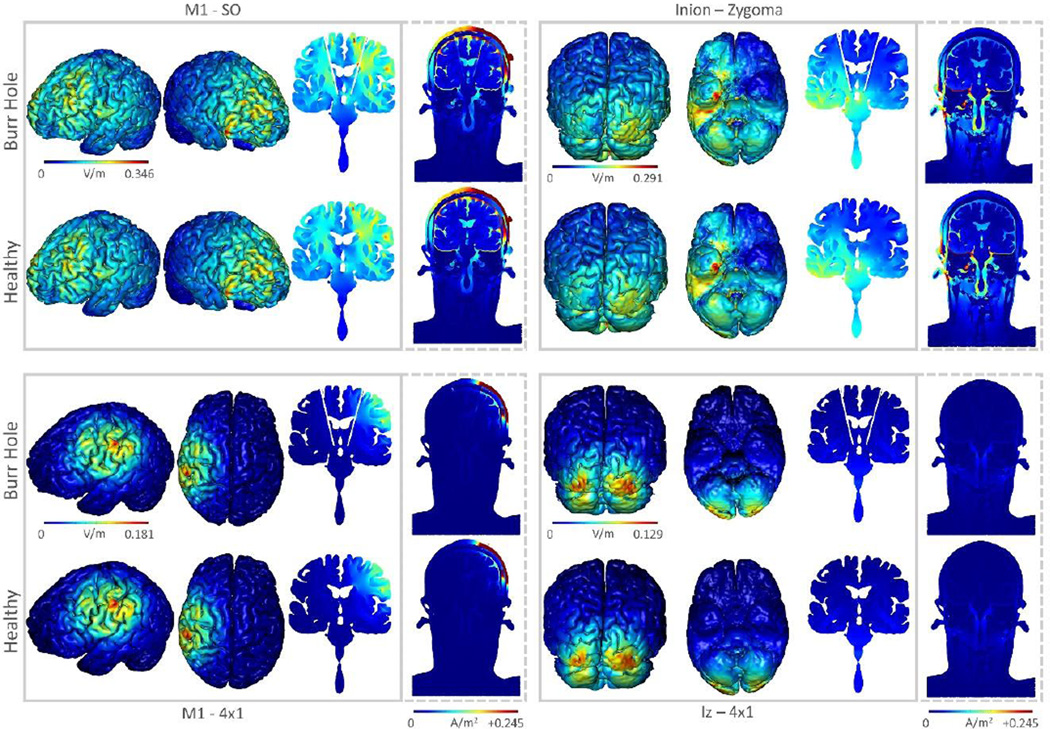Figure 8. Computer simulation of brain current flow produced by tDCS in the presence of an idealized Deep Brain Stimulation lead.
Finite Element models of tDCS with and without burrhole defects typical in subthalamic nucleus deep brain stimulation. Common sponge (conventional) and HD-tDCS montages for motor and cerebellar stimulation are compared. Four montages are simulation M1-SO (top left) and Inion-Zygoma (top right), 4×1 HD-tDCS over M1 (bottom left) and 4×1 HD-tDCS over Iz (bottom right). In each care current flow produced through the head in the “healthy” case (intact skull and brain, no implant) is compared to a worst-case scenario where two “burr holes” through the skin, skull and brain are created and fully filled with CSF. Fluid filled burr holes draw a greater amount of current density than what would normally exist with healthy tissue (dashed images). However, peak current density and electric field are minimally affected (less than two fold). HD configurations have lower deep brain electric field intensities in general in addition to being more confined. Thus, even under these worst-case burr-hole conditions, there are only moderate changes in overall brain current flow patterns, and no large change in peak electric field. This suggest that under more realistic conditions (e.g. with the implant in place instead of CSF, skin present and the skull largely sealed) the presence of a DBS lead would not significantly change resulting brain current flow. Evidently, all models are limited to the assumption made and this simulation (Truong, Bikson et al., in preparation).

